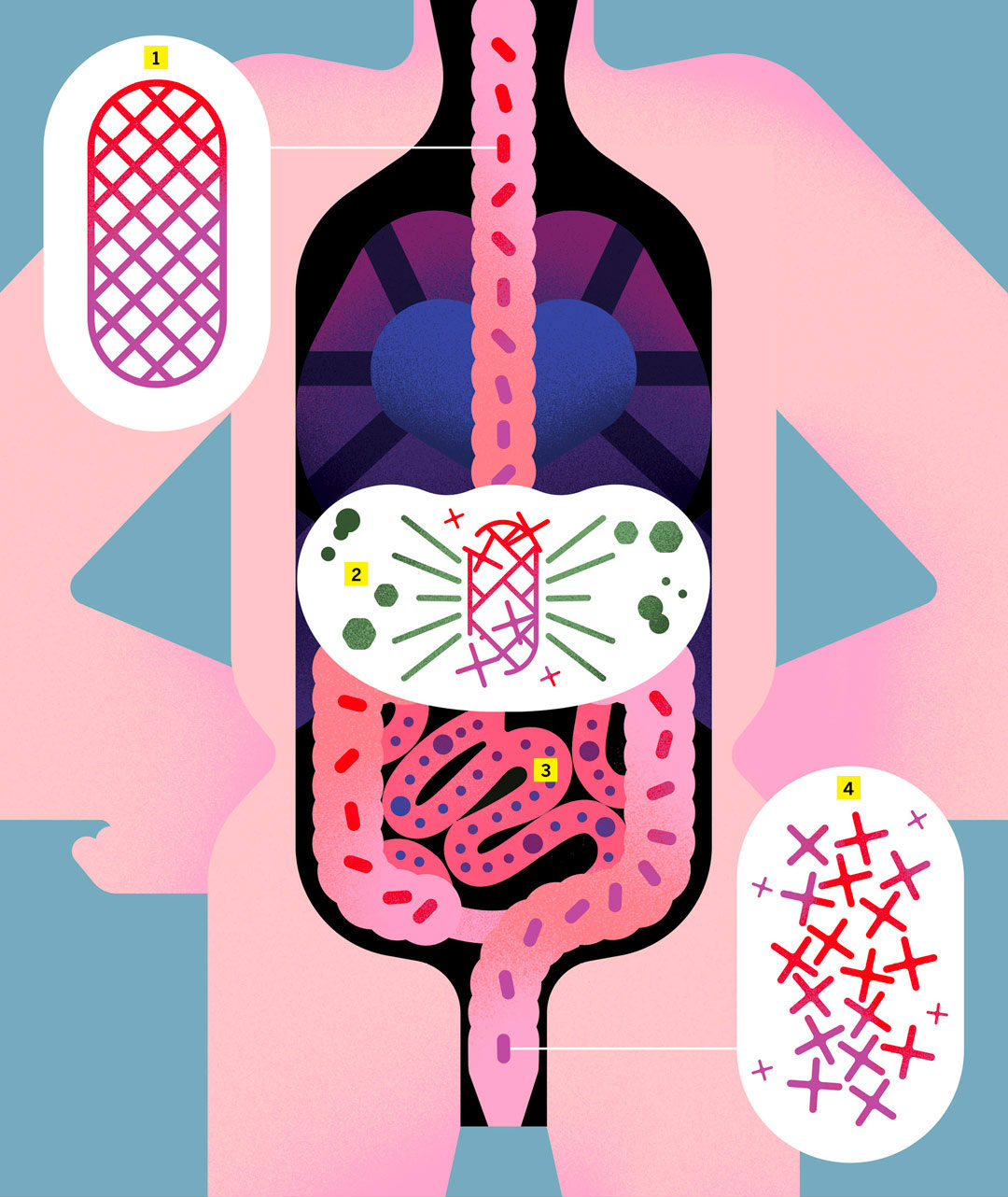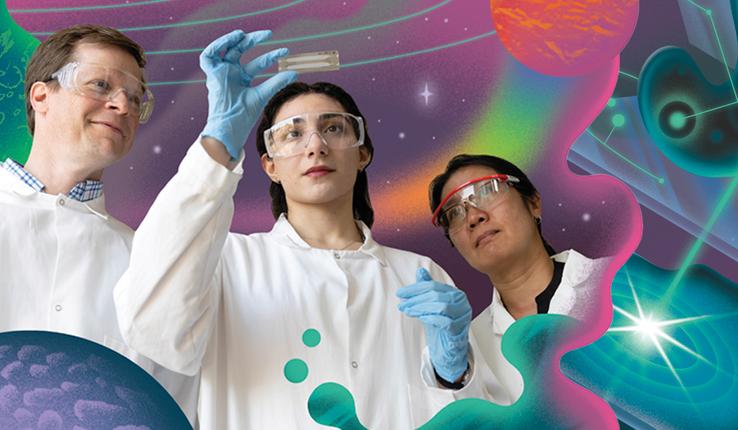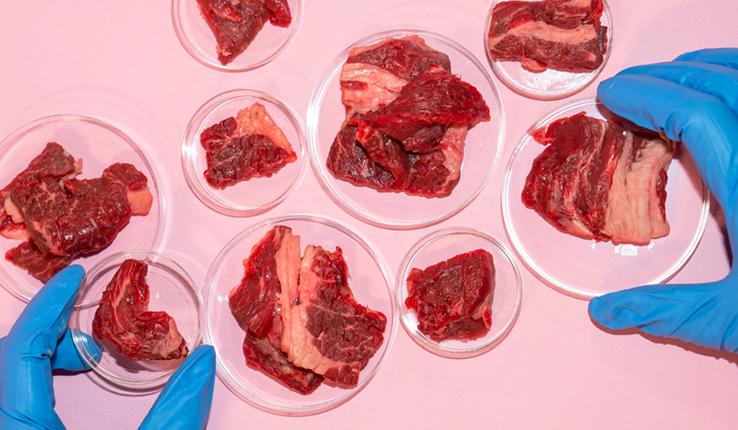Kelly Schultz, an associate professor in the department of chemical and biomolecular engineering, and Nan Wu, a chemical engineering Ph.D. student, are studying an emerging hydrogel material that could help researchers develop new and more effective methods for delivering drugs taken orally. Covalent adaptable hydrogels (CAHs) have the capacity to degrade and spontaneously re-gel in a person’s gastrointestinal tract.
To characterize the material and provide insight into their pharmaceutical potential, Wu repurposed a microfluidic device originally developed in Schultz’s lab for research into fabric and home care products. She was able to exchange the fluid environment around the gel to mimic the pH environment of organs in the GI tract, simulating how the material would react if ingested.
“A great deal of mystery lies between designing a material and understanding what’s going on when it’s working,” Schultz says. “We’re trying to find new ways that we can replicate what’s going on inside of an animal or a person and collect important measurements to connect the dots and inform further studies.”
What the schematic shows:
1. HYDROGEL MATERIALS (SCAFFOLDS). The hydrogel consists of two polymers that are chemically cross-linked. These cross-links are adaptable, which means they can break and re-form in response to external stimuli, such as pH.
2. A HARSH ENVIRONMENT. Most drugs and nutrients have to travel through the stomach to get to the intestines, where the majority of molecules are delivered for maximum absorption, but acids in the stomach can inactivate or degrade the molecules in pharmaceuticals. Covalent adaptable hydrogels (CAHs) are being designed to minimize release in the stomach. The scaffolds degrade but then re-gel on their own, which protects the molecules and allows them to stay active.
3. DELIVERY TO INTESTINES. In the intestines, CAHs degrade over days, which means the cross-links break and the material eventually breaks into single polymer molecules in solution, slowly releasing the active molecules.
4. DEGRADATION. CAHs completely degrade prior to exiting the GI tract.
Illustration by Bratislav Milenkovic





